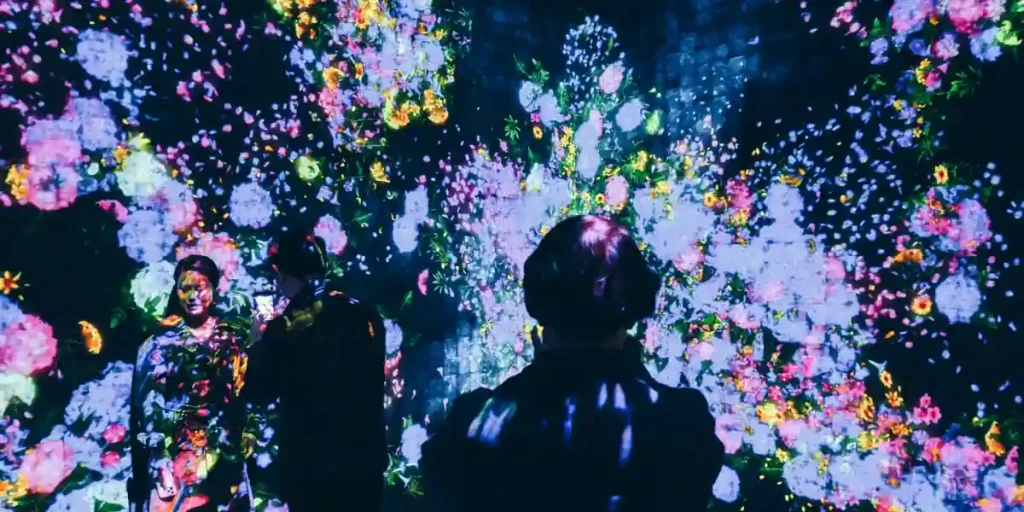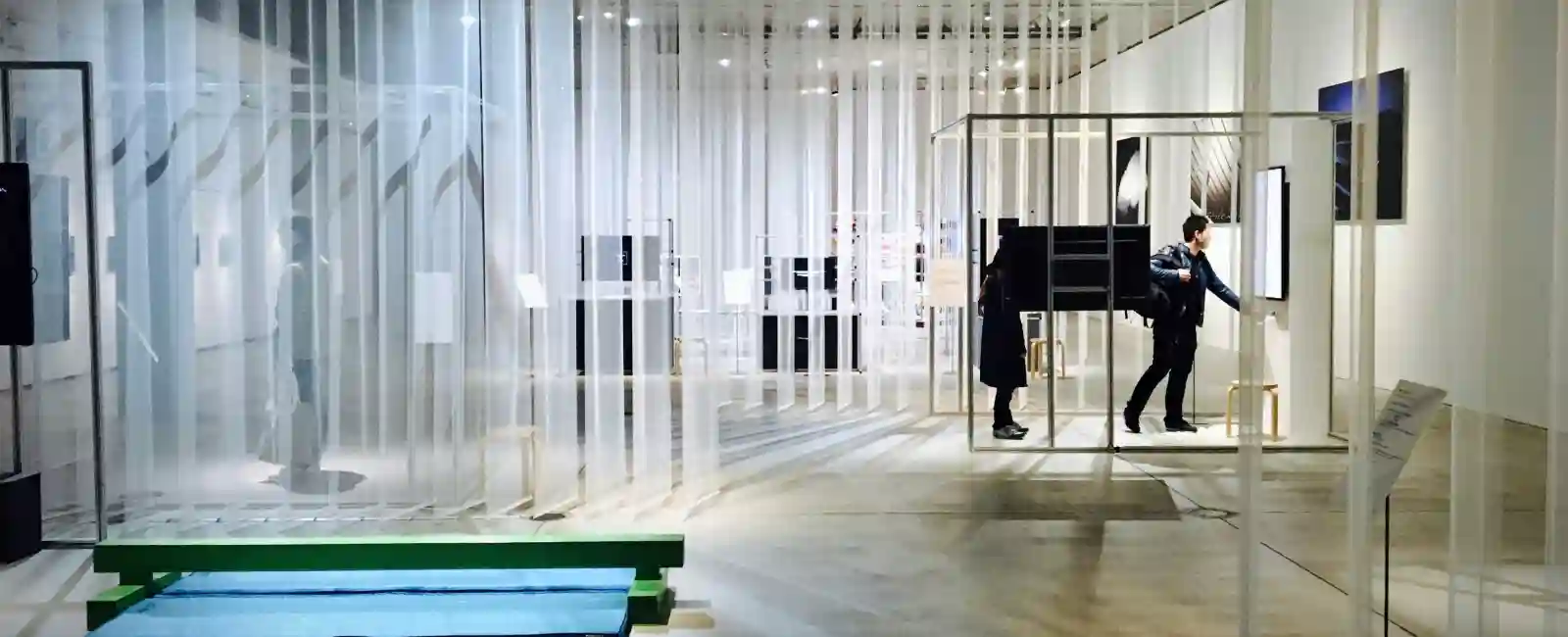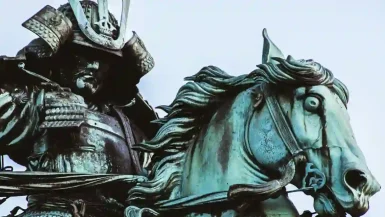Japan, a land where ancient traditions coexist with cutting-edge technology, offers a wealth of cultural experiences. Among these, the museums of Japan stand out as some of the most fascinating places to visit. Whether you’re a history enthusiast or an art lover, these museums offer something special. They provide a deep dive into Japan’s rich history and artistic achievements. If you are simply curious about Japan’s cultural heritage, these museums will also fascinate you. Each visit allows you to explore different aspects of the country’s past and art. This guide will walk you through the must-visit museums of Japan, including tips on organizing your trip, understanding the price ranges, and maximizing your experience.
Planning Your Trip to Explore the Museums of Japan
Visiting the museums of Japan requires careful planning to ensure you experience the best of what the country has to offer. Start by identifying the regions and cities you want to explore. Major cities like Tokyo, Kyoto, and Osaka boast some of Japan’s most renowned museums. However, don’t overlook smaller cities such as Nara, Kanazawa, and Hiroshima. These cities also host remarkable cultural institutions.
Travel Tips for Museum-Goers in Japan
- Book Your Tickets in Advance: Popular museums like the Tokyo National Museum and the Kyoto National Museum often have long lines. Booking tickets online ahead of time can save you the hassle of waiting.
- Choose the Right Time to Visit: Museums can get crowded, especially during weekends and holidays. Plan your visit during weekdays and aim to arrive early in the morning when museums typically open.
- Understand the Cultural Etiquette: Japanese museums are known for their tranquility. Keep noise to a minimum and follow the rules regarding photography and touching exhibits.
- Prepare for Language Barriers: While many museums provide information in English, smaller or more specialized museums might not. Consider renting an audio guide or using a translation app to enhance your experience.
Cost and Budgeting
Japan can be an expensive destination, but the entrance fees for museums are generally reasonable. Prices range from ¥500 to ¥1,600 (about $5 to $15) for most museums, though special exhibitions may cost more. Budget-conscious travelers can take advantage of discount passes available in many cities. For example, the Grutt Pass in Tokyo offers access to multiple museums at a reduced rate.
The Must-Visit Museums of Japan
Tokyo National Museum: A Journey Through Japan’s History
The Tokyo National Museum, located in Ueno Park, is the oldest and largest museum in Japan. It houses over 110,000 objects, including national treasures and important cultural properties. The museum’s collection spans from ancient pottery and samurai swords to exquisite kimonos and Buddhist art. Visitors can explore multiple buildings within the museum complex.Each building is dedicated to different aspects of Japan’s cultural history. For example, the Honkan (Japanese Gallery) focuses specifically on traditional Japanese art. The museum frequently hosts special exhibitions. These feature rare artifacts and artworks from around the world, offering deeper insight into both Japanese and global cultures. The tranquil garden within the museum grounds includes tea houses and seasonal flora. It provides a peaceful retreat after a day of exploring the exhibits.
If you’re interested in archaeology, the Tokyo National Museum offers an unparalleled journey. It also provides a deep dive into Japan’s fine arts and cultural history, showcasing its artistic legacy.
- How to Visit: The museum is easily accessible via the JR Ueno Station. Once inside the park, follow the signs to the museum.
- Open Hours: The museum is open from 9:30 AM to 5:00 PM, with extended hours on Fridays and Saturdays.
- Admission Price: General admission is ¥1,000 for adults, with discounts for students and children. Special exhibitions may have an additional fee.
Kyoto National Museum: The Heart of Japanese Culture
Kyoto, the ancient capital of Japan, is home to the Kyoto National Museum. This museum specializes in pre-modern Japanese art and culture, with a particular focus on the Heian and Edo periods. The collection includes ceramics, paintings, and calligraphy, many of which are displayed in the museum’s stunning Meiji-era building. The Kyoto National Museum is not only a treasure trove of historical artifacts but also a place where visitors can engage with the deep cultural traditions that shaped Japan’s artistic legacy. Each exhibition is carefully curated to highlight the intricate details and craftsmanship that define Japanese art from these periods. Additionally, the museum’s serene gardens provide a perfect setting for reflection, allowing visitors to fully immerse themselves in the historical ambiance.
With rotating exhibitions and special events, the Kyoto National Museum remains a dynamic cultural hub in the heart of Japan’s most historic city. For anyone interested in the evolution of Japanese art and culture, this museum offers an unparalleled glimpse into the nation’s artistic soul.
- How to Visit: The museum is located near the famous Sanjusangendo Temple, making it easy to combine your visit with other cultural sites in Kyoto.
- Open Hours: Open from 9:30 AM to 5:00 PM, the museum is closed on Mondays.
- Admission Price: General admission is ¥1,600, with reduced prices for students and free entry for children under 18.
Suntory Museum of Art
The Suntory Museum of Art, located in the sleek Tokyo Midtown complex in Roppongi, is a must-visit for those interested in traditional Japanese aesthetics. Established in 1961, the museum embodies the philosophy of “Art in Life,” showcasing how art and everyday life intersect in Japanese culture. The museum’s collection includes a wide array of ceramics, lacquerware, textiles, and glassware, all carefully curated to highlight the beauty of daily life through art. One of the standout features of the Suntory Museum is its thematic exhibitions, which often explore specific aspects of Japanese culture, such as tea ceremonies, seasonal festivals, or the intricate craftsmanship behind traditional objects.
The museum also offers a serene tea room where visitors can experience the art of tea in a setting that complements the exhibitions. Additionally, the museum’s location within the vibrant Roppongi area makes it an ideal stop for visitors looking to combine art with the lively urban atmosphere of Tokyo.
Open Hours: The museum is open from 10:00 AM to 6:00 PM, with extended hours until 8:00 PM on Fridays and Saturdays, allowing for a leisurely visit after work or other activities. However, the museum is closed on Tuesdays, so plan your visit accordingly.
Admission Price: General admission is typically ¥1,500 for adults, with discounted rates of ¥1,000 for college and high school students, and ¥500 for younger students. Special exhibitions may have different pricing, so it’s advisable to check the museum’s official website before your visit.
Hiroshima Peace Memorial Museum: Reflecting on History
The Hiroshima Peace Memorial Museum is a poignant reminder of the atomic bombing in 1945. The museum’s exhibits detail the events leading up to the bombing, the devastation it caused, and the long-term effects on the city’s residents. The Peace Memorial Park, where the museum is located, also features the iconic A-Bomb Dome.
- How to Visit: Located in central Hiroshima, the museum is a short walk from the Hiroshima Peace Memorial Park.
- Open Hours: The museum operates from 8:30 AM to 6:00 PM, with extended hours in the summer.
- Admission Price: The entry fee is ¥200 for adults and ¥100 for students, making it one of the most affordable museums in Japan.
Osaka Museum of History: Discovering the Past
Located near Osaka Castle, the Osaka Museum of History offers a comprehensive look at the city’s development from ancient times to the present day. The museum’s exhibits include life-sized reconstructions of historical scenes, interactive displays, and artifacts from the Naniwa Palace. As you explore the museum, you’ll find detailed dioramas. These displays vividly depict the bustling streets of Edo-period Osaka. They provide a glimpse into the daily lives of its residents. The top floors offer panoramic views of Osaka Castle, allowing you to appreciate the historical context of the surrounding area. The museum features permanent exhibits that showcase Osaka’s history. Additionally, it regularly hosts special exhibitions that explore specific aspects, such as its role as a merchant city and its cultural contributions. Audio guides are available in multiple languages, enhancing the experience for international visitors by providing deeper insights into the exhibits.
- How to Visit: The museum is easily accessible via the Tanimachi 4-chome subway station.
- Open Hours: The museum is open from 9:30 AM to 5:00 PM, closed on Tuesdays.
- Admission Price: General admission is ¥600 for adults, with discounts for students and children.
Kanazawa’s 21st Century Museum of Contemporary Art
The 21st Century Museum of Contemporary Art features the iconic swimming pool installation. Additionally, it hosts a variety of interactive and immersive exhibits that challenge traditional notions of art.
- How to Visit: The museum is centrally located in Kanazawa, about a 15-minute walk from Kanazawa Station.
- Open Hours: Open from 10:00 AM to 6:00 PM, closed on Mondays.
- Admission Price: The entry fee varies depending on the exhibition, typically ranging from ¥1,000 to ¥1,500.
Nara National Museum: Exploring Buddhist Art
Nara, the first permanent capital of Japan, is home to the Nara National Museum, which focuses on Buddhist art. The museum’s collection includes statues, scrolls, and ritual objects, many of which date back over a thousand years. The museum is particularly famous for its annual exhibition of treasures from the nearby Todaiji Temple.
- How to Visit: The museum is located within Nara Park, making it easy to combine your visit with the famous deer and the Todaiji Temple.
- Open Hours: The museum is open from 9:30 AM to 5:00 PM, closed on Mondays.
- Admission Price: General admission is ¥520 for adults, with discounts for students and free entry for children.
Edo-Tokyo Museum: A Walk Through History
The Edo-Tokyo Museum offers a fascinating look at Tokyo’s history from the Edo period (1603-1868) to the present day. The museum’s life-sized replicas, including a Nihonbashi bridge and a kabuki theater, provide an immersive experience. Interactive exhibits allow visitors to experience life in old Tokyo. As you walk through the museum, you can explore a recreated Edo-era street, complete with shops and homes that transport you back in time. The detailed models and dioramas vividly depict the evolution of Tokyo from a feudal city to a bustling metropolis. Additionally, the museum features special exhibits that delve into specific aspects of Tokyo’s history, such as the rise of popular culture in the 20th century. For history buffs, the Edo-Tokyo Museum is an essential stop that brings the past to life in an engaging and educational way.
- How to Visit: The museum is located near the Ryogoku Station, making it accessible by both train and bus.
- Open Hours: The museum is open from 9:30 AM to 5:30 PM, with extended hours on Saturdays.
- Admission Price: General admission is ¥600 for adults, with discounts for students and seniors.
The Adachi Museum of Art: A Fusion of Art and Nature
Located in Shimane Prefecture, the Adachi Museum of Art is renowned for its stunning Japanese gardens, which are considered among the best in the country. The museum’s collection focuses on modern Japanese art, particularly the works of Yokoyama Taikan. The harmony between the art inside and the meticulously maintained gardens outside makes this museum a unique experience. Visitors often find themselves mesmerized by the seamless blend of nature and art, as the gardens are designed to be viewed from specific points within the museum, creating living paintings that change with the seasons. The museum’s founder, Adachi Zenko, believed that the beauty of art could only be fully appreciated when complemented by the beauty of nature, a philosophy that is evident in every corner of the museum.
As you wander through the galleries, the large windows frame the gardens like ever-changing works of art, inviting contemplation and a deep connection with the surrounding landscape. The Adachi Museum of Art is not only a testament to Japanese artistic heritage but also a serene retreat that offers visitors a chance to experience the profound tranquility that defines traditional Japanese aesthetics.
- How to Visit: The museum is located in Yasugi, about a 20-minute drive from Yonago Airport or a shuttle bus ride from Yasugi Station.
- Open Hours: The museum is open from 9:00 AM to 5:00 PM daily.
- Admission Price: General admission is ¥2,300, reflecting the museum’s prestigious status.

TeamLab Borderless: An Immersive Digital Art Experience
TeamLab Borderless in Tokyo is unlike any other museum in Japan. This digital art museum features interactive exhibits that change as you move through the space. The artwork isn’t confined to walls or frames; instead, it spills over into the environment, creating a sense of being part of the art. This museum is a favorite among visitors of all ages for its innovative approach to art.
- How to Visit: The museum is located in Odaiba, Tokyo, and is accessible via the Yurikamome Line from Shimbashi Station.
- Open Hours: The museum is open from 10:00 AM to 7:00 PM, but times may vary, so checking the official website is recommended.
- Admission Price: Tickets are ¥3,200 for adults, with discounts for students and children.
Additional Tips for Visiting Museums in Japan
Take Advantage of Museum Passes
For travelers planning to visit multiple museums, purchasing a museum pass can be a cost-effective option. For instance, the Tokyo Grutt Pass offers access to over 90 museums and attractions in the Tokyo area for ¥2,200. Similarly, the Kansai Thru Pass includes discounts for several museums in Kyoto, Osaka, and Nara.
Respect the Rules and Regulations
Japanese museums often have strict rules about photography, food, and drink inside the premises. Always check the guidelines at each museum and follow them to ensure a respectful and enjoyable visit. Many museums do not allow photography, especially in areas with fragile or culturally significant artifacts. Where photography is permitted, be mindful of using flash, as it can damage delicate works of art. Additionally, food and drinks are usually prohibited within exhibit areas, so plan your meals before or after your visit.
Consider the Museum’s Amenities
Many of the larger museums in Japan offer a range of amenities to enhance your visit. These can include cafes, gift shops, and rest areas.For example, the Tokyo National Museum has several cafes where you can take a break and enjoy refreshments.It also has a well-stocked museum shop. There, you can purchase souvenirs, books, and replicas of items from the museum’s collection. These amenities provide a nice break during a day of museum hopping and allow you to take home a piece of your experience.
Take Note of Special Exhibitions
Japanese museums frequently host special exhibitions that focus on specific artists, historical periods, or cultural themes. These exhibitions often feature rare or loaned pieces that are not part of the permanent collection, making them unique opportunities for visitors. However, special exhibitions can also draw larger crowds, so it’s wise to book tickets in advance and consider visiting during off-peak hours.
Plan for Accessibility
If you have mobility issues or are traveling with someone who does, it’s important to check the accessibility options of each museum. Many of Japan’s museums are equipped with ramps, elevators, and accessible restrooms, but the level of accessibility can vary, especially in older or smaller museums. Contact the museum in advance if you have specific needs, and consider renting a wheelchair if necessary.
Conclusion: Immersing Yourself in the Museums of Japan
The museums of Japan offer a window into the nation’s soul, reflecting its history, culture, and artistic achievements. Each museum provides a unique experience that enriches your understanding of Japan. This ranges from the ancient artifacts of the Tokyo National Museum to the cutting-edge digital art of TeamLab Borderless. As you plan your trip, keep in mind the practical tips provided in this guide. These include booking tickets in advance, respecting cultural etiquette, and taking advantage of museum passes.
Whether you are a first-time visitor to Japan or a seasoned traveler, exploring the museums of Japan will leave you with a deeper appreciation of the country’s rich cultural heritage. With careful planning, you can create an itinerary that allows you to experience the best of what Japan’s museums have to offer, ensuring that your journey is as enriching as it is enjoyable.



